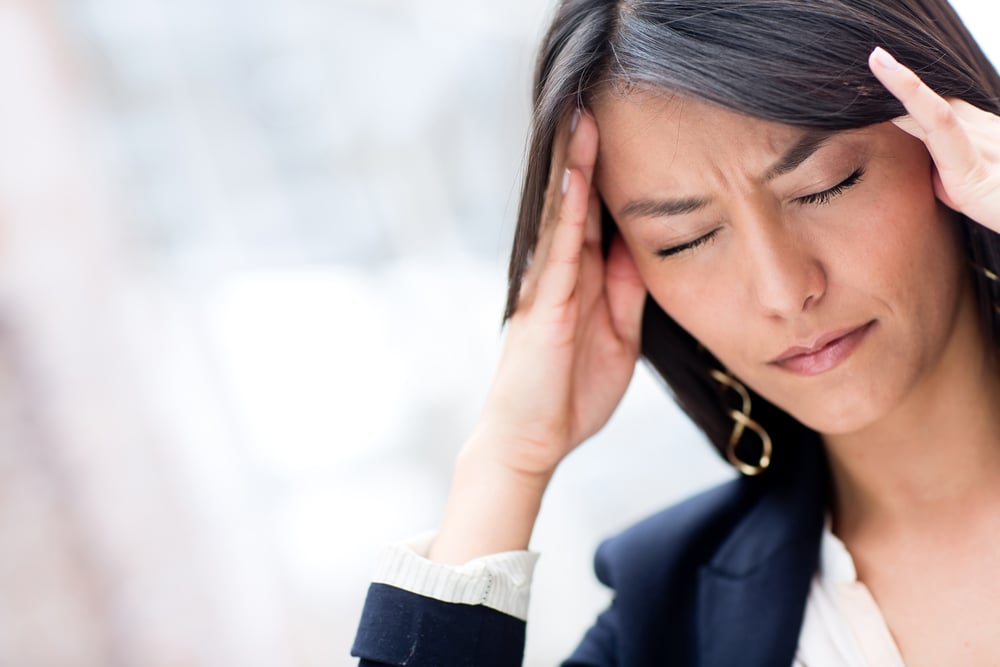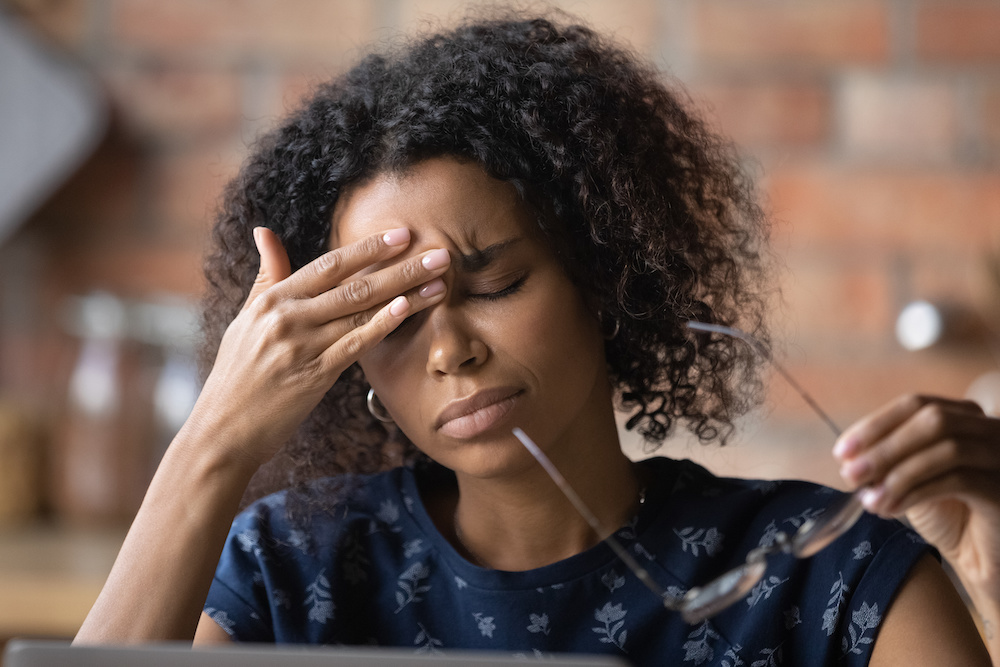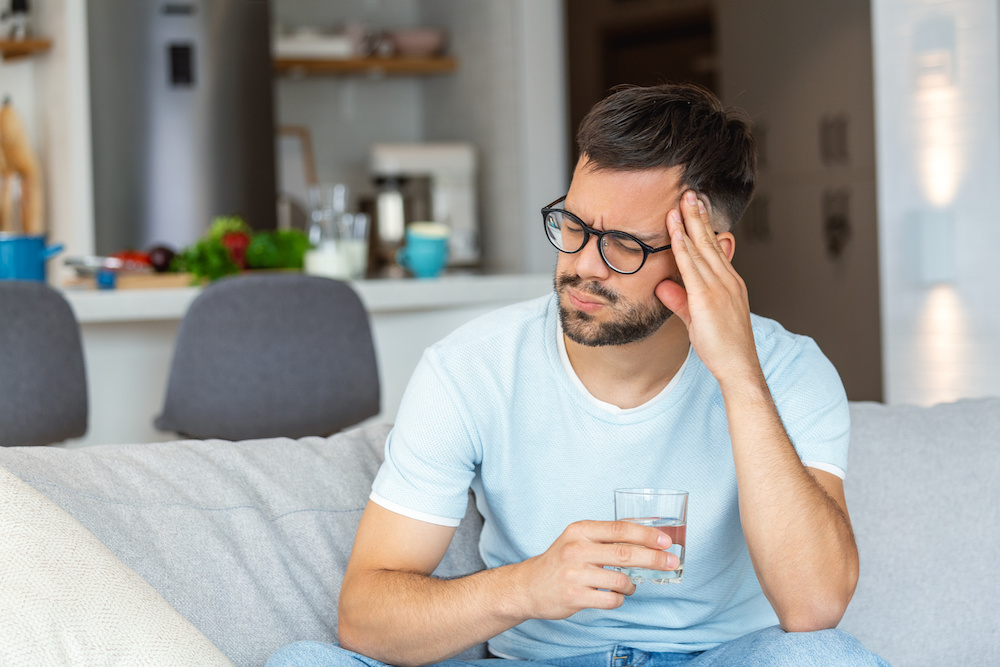10 Migraine Headache Triggers to Watch out for and How to Reduce Migraine Frequency
3 min read

While no one knows exactly why some people get migraines – or what gives some people an aura in their vision during a migraine while others don't – there are some common triggers of migraine headaches. Some of these you can control while others you cannot.
It's helpful to note what might have triggered your migraines so you can discuss this with a medical professional and create a treatment plan.
10 Common Migraine Triggers
- Changes in sleep schedule. Not getting enough sleep or even getting too much sleep can be a triggers. Jet lag (crossing timezones) can sometimes throw off your sleep pattern and could possibly be a trigger, especially if you can't get rest after arriving at your destination. Try to keep your sleep schedule as regular as possible.
- Hormone changes in women. Some women may get migraines at certain parts of their monthly cycle, especially just before the start of menstruation. Perimenopause can result in worse and more frequent migraines. Some women find going on the pill continuously (without a break for a period) helpful. Others find this makes them worse; it may be worth trying with the guidance of your physician.
- Caffeine and alcohol. Frequently using caffeine can make migraines worse. Caffeine dependency is also associated with migraines; people who regularly consume caffeine may get migraines if they don't get their daily coffee. Alcohol, especially wine, can also cause migraines. Some migraine sufferers experience worse hangovers, or hangovers with a lower level of alcohol. If you find caffeine and alcohol a problem, cut them down or out altogether.
- Food sensitivities. One of the most common migraine triggers is a reaction to certain foods. This does not mean you're considered "allergic," but you may have a sensitivity that can cause a migraine to form after eating things such as: bananas, beans, chocolate, corn, citrus fruits, yogurt, nuts and nut butters, onions, tomatoes, high tyramine cheeses include brie, cheddar and parmesan, msg, nitrates and nitrites in meat and aspartame (the most common artificial sweetener in diet soda). Keeping a food diary can help you identify food triggers. Thankfully, migraines often start very quickly after exposure to a trigger. Once you have food triggers identified, you can eliminate them from your diet.
- A drop in blood sugar. Some people get migraines if they go too long without eating. Avoid going an extended waking period without eating and have snacks ready for emergencies if you are prone to a sudden drop in blood sugar.
- Strobe, flashing or bright lights. Just as some flashing lights can trigger epilepsy, they can also trigger migraines. Faulty fluorescent lights, even the reflection from water can trigger some people. Bright lights that are not flashing can also cause problems. Many sufferers find wearing polarizing sunglasses outdoors and changing to daylight type fluorescent bulbs help.
- Exercise. Some people are triggered by intense physical activity. While you should exercise, you should work out which exercises cause migraines and modify your routine.
- Weather changes. In some cases, migraines are triggered by weather changes.
- Strong smells such as perfume, paint thinner, and secondhand smoke. These can be hard to avoid, but consider asking your boss to restrict perfume in the workplace and avoid smokers.
- Stress. Stress can definitely trigger migraines in people who are prone to them. If you notice you are particularly stressed, be extra careful to avoid other triggers such as not getting enough sleep or using too much caffeine. Stress can also cause other kinds of headache including tension headaches. You should practice good stress management as much as possible.
Reducing migraine headache frequency
Just as we aren't sure what causes migraines, we can't always prevent them. But identifying and avoiding triggers that you notice can sometimes reduce their frequency. Eating a balanced diet and keeping your stress levels low is easier said than done, but can help with reducing migraines as well.
Chiropractic care for migraine headaches
Gentle manipulation of the neck can sometimes reduce the frequency of migraines (also, in some cases, cervicogenic or tension headaches can be severe enough to be mistaken for migraines, and they can easily be relieved by this). A chiropractor may also be able to help with massage therapy to reduce stress and advice on better nutrition. In some cases chiropractic adjustment can reduce pain, relieve stress, and help improve your overall nervous system health so you can better manage the pain.
If you suffer from migraines and would like to see how chiropractic care can help reduce their frequency, contact Village Chiropractic to set up an appointment.




